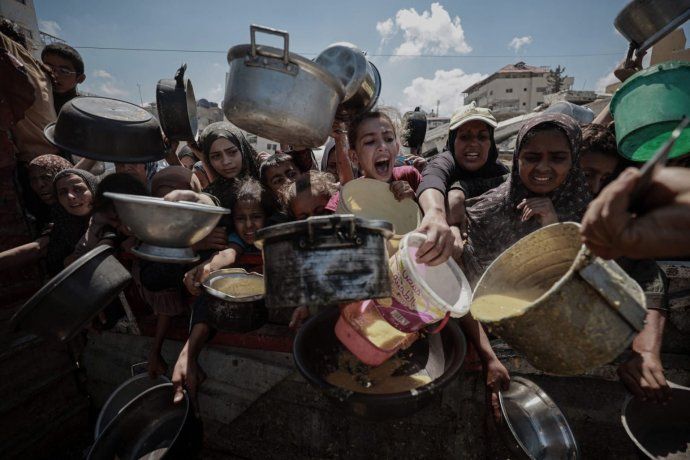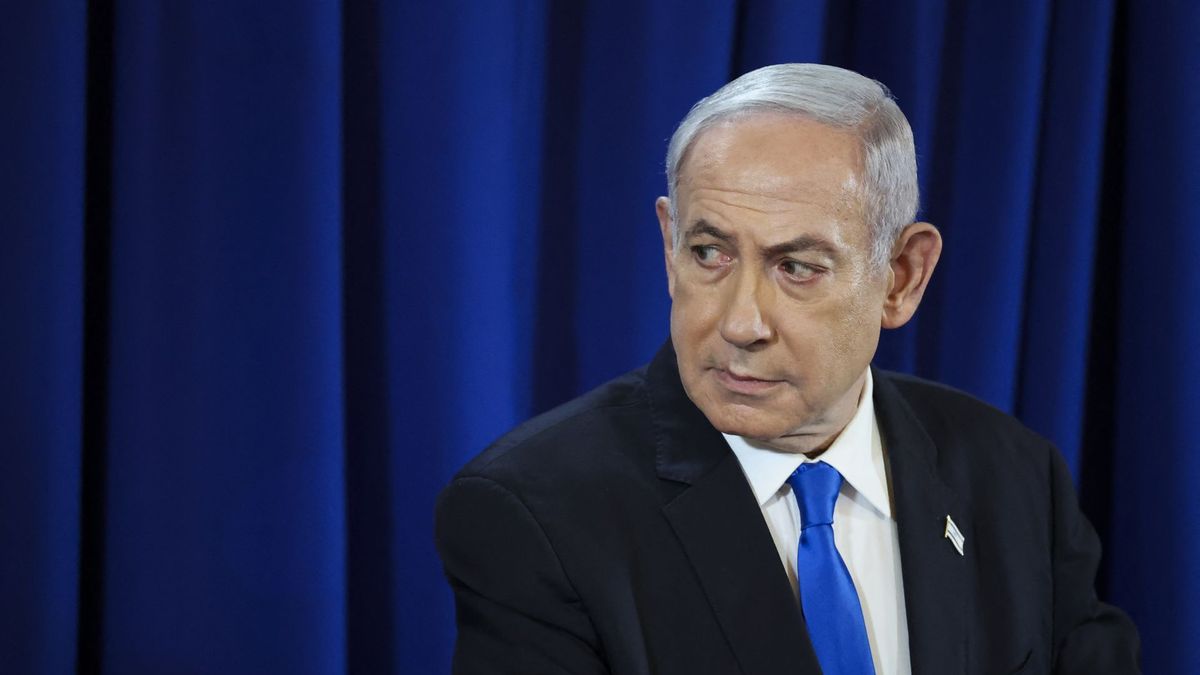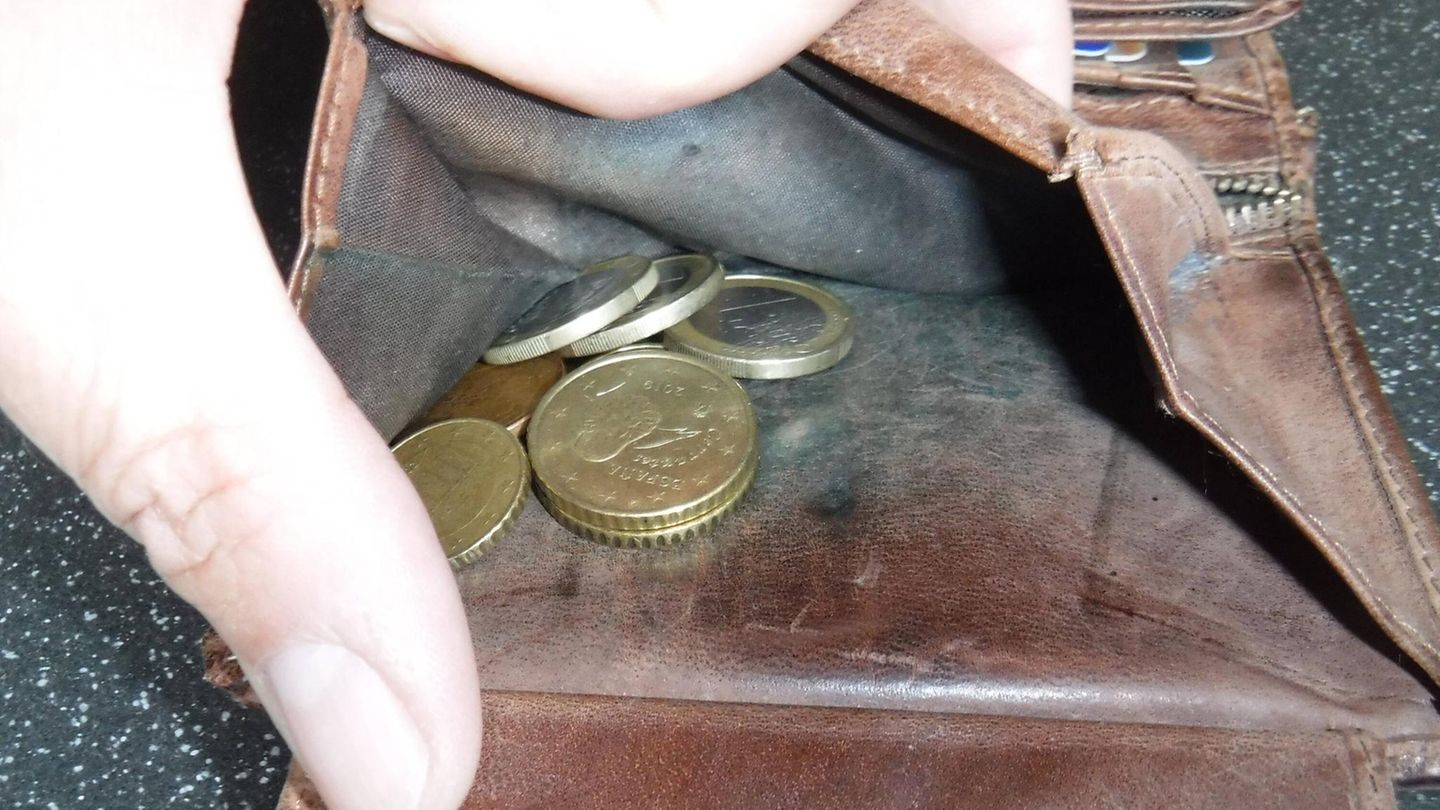“The government has just approved the framework for the release of all hostages, both the living and the dead”said the text released by the Israeli Prime Minister’s office. The confirmation came a day after the announcement of the ceasefire agreement promoted by USAafter three days of negotiations in the Egyptian resort of Sharm el Sheikh.
Embed – https://publish.x.com/oembed?url=https://x.com/IsraeliPM/status/1976427095489216751&partner=&hide_thread=false
WATCH: Remarks by Prime Minister Benjamin Netanyahu at the government meeting for the approval of the hostages release framework, together with President Trump’s Special Envoy to the Middle East, @SteveWitkoffand with the President’s son-in-law, @JaredKushner. pic.twitter.com/zMALibPcEY
— Prime Minister of Israel (@IsraeliPM) October 9, 2025
What does the first phase of the agreement between Israel and Hamas consist of?
The first phase of the agreement foresees the release of the 48 hostagesamong whom it is believed that around twenty are still alive, in exchange for 2,000 Palestinian prisoners and one partial withdrawal of the Israeli army inside the Gaza Strip.
Among the captives are Argentines Eitan Horn, Ariel Cunio and David Cuniowhile the body of Lior Rudaeffmurdered on October 7, remains in the enclave.
As reported The Israel Timesthe majority of cabinet ministers voted in favor of the agreement, including the Religious Zionism party led by the finance minister Bezalel Smotrichone of the toughest figures in the government.
The Israel Defense Forces (IDF) They will withdraw to new positions within Gazan territory, in what is considered the most concrete step towards the end of hostilities. According to official sources, the release of the hostages would begin in the next 72 hoursin an operation coordinated with international mediators and humanitarian supervision.
The origin of the conflict in Gaza and the initial offensive
Hamas justified the attack as a response to “occupation” and the clashes at the Al-Aqsa mosque, while Israel described it as terrorist act and launched an unprecedented offensive against Gaza. Since October 8, under the decree of Defense Minister Yoav Gallant, the strip was under “total siege”: without electricity, food or fuel.
ZfKn2jUdt_1256x620__1
Hamas launched thousands of rockets and militants crossed Israel’s southern border on October 7, 2023.
The first bombs caused the death of 230 Palestinians in a few hours and reignited a historic conflict marked by decades of hostility since the Nakba of 1948 and the confrontations of 2008, 2012 and 2021.
Humanitarian impact and food crisis of the conflict
As of September 2025, the war left more than 67,000 Palestinians dead, with almost a third under the age of 18, according to official Gaza data. Israel reported 1,665 dead, including 466 soldiers. The destruction affected 193,000 buildings, 213 hospitals and 1,029 schools. Only 14 hospitals were partially functioning, while the population faced famine and malnutrition: more than 514,000 people were food insecure, and at least 177 died from starvation. More than 417,000 Palestinians were displaced multiple times, and living conditions in the south were extreme, with overcrowding and overwhelmed services.
children hungry gaza

The civilian population faces famine, displacement and extreme living conditions.
Courtesy: RTL
Hamas kidnapped 251 people during the initial attack; As of September 2025, 48 remain in Gaza, of whom 20 are believed to be alive. Temporary ceasefires freed some hostages, but prisoner exchanges were complex and partial. International diplomacy intervened intermittently: Qatar mediated, the United States supported Israel with military aid, and the UN issued resolutions condemning the violence and pointing out violations of international law. The International Court of Justice ordered Israel to prevent a “genocide” in Gaza and organizations such as Amnesty International and Human Rights Watch confirmed the existence of genocidal acts.
Source: Ambito




